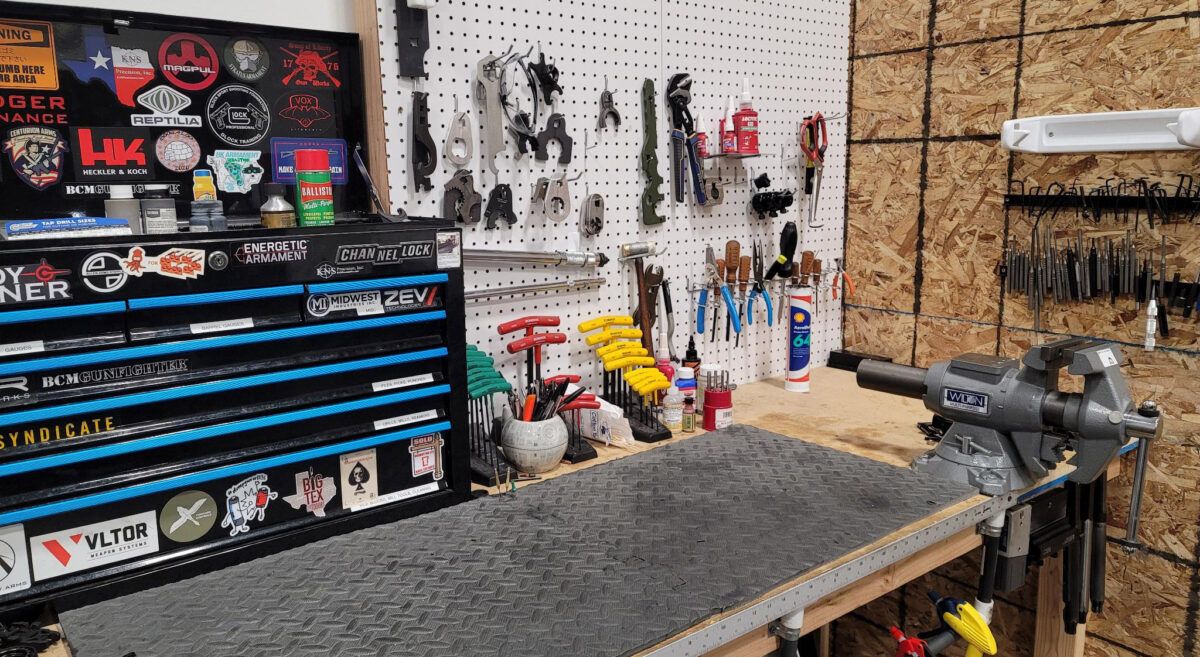
Recently, I started working at a company called Trajectory Arms. You can read about Alex Bohl and his company via this previous ARBuildJunkie.com article. In my time here, I have learned a lot and come to some realizations that might be of use to you as you build your own ARs.
To be clear, at the previous shop I worked, I learned a great deal and I will always be grateful for the experience and irreplaceable hands-on work it provided me. That being said, we weren’t known for custom work, or for having much high-end work come through. We were a machine-gun range first and foremost. The work that did come through was mostly assembly on parts in the lower/mid-tier range and then any problem solving to make the guns work properly.
The environment at Trajectory Arms is a whole other world comparatively. First, the shop primarily works on AR-15s. As a result, the shop is set up differently, there is a different mentality, and the level of work being done is leaps and bounds above what I was doing previously.
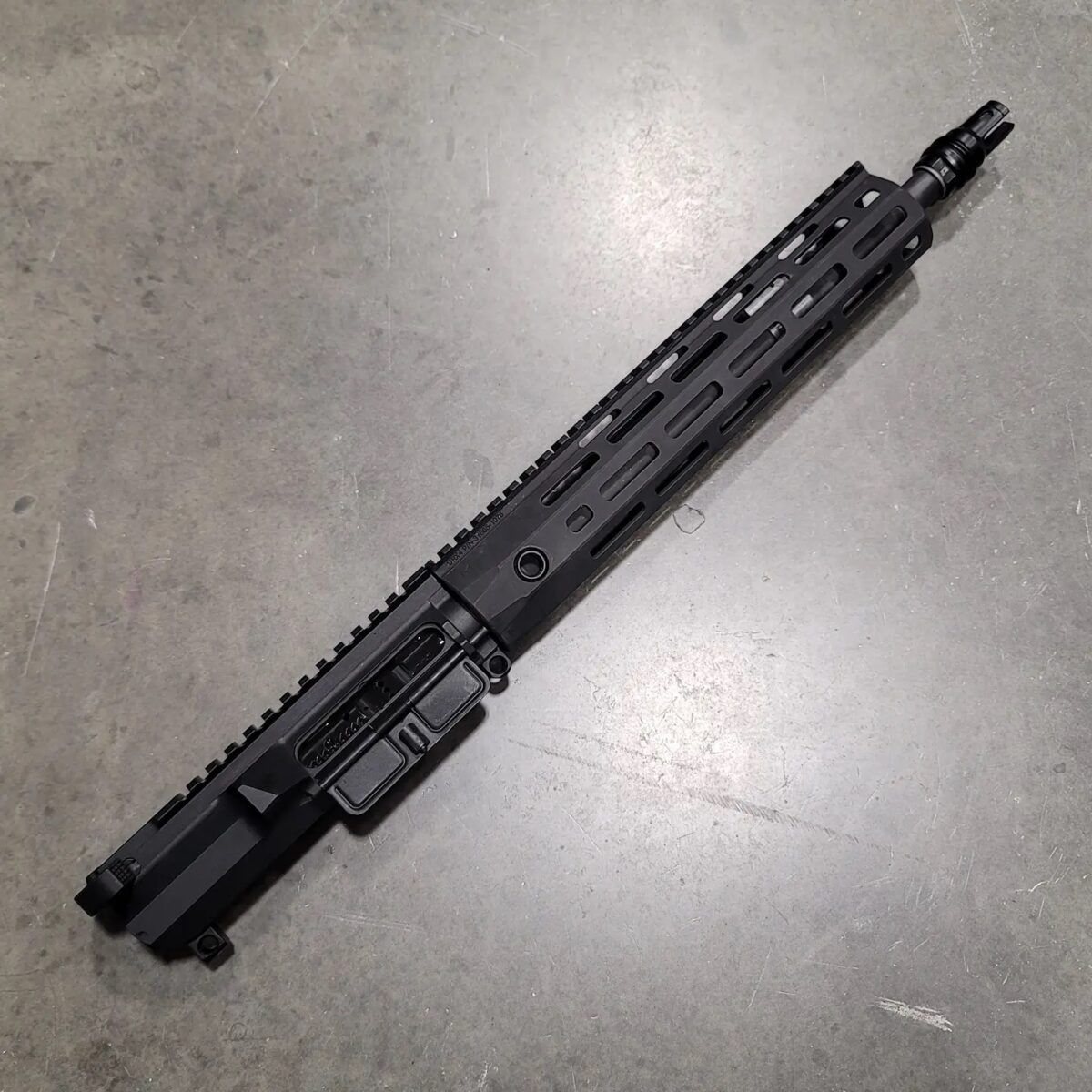
So why does any of this matter? Simply put, an important lesson I’ve learned is that if you aren’t learning something wherever you are, you are wasting your time. There’s the saying that “If you are the smartest guy in the room, find a bigger room with more people.” I’ve found that to be true in my journey as a gunsmith. While I may not be wrenching in the shop daily, you can bet every time I set foot there, I do my best to take something away to make me better. Growth is important, and it is my belief that every AR you build should be better than the last.
Building a Better AR-15 – Set Yourself Up For Success
As I mentioned, my shop today is set up differently than my last gunsmith shop. Everything here is arranged to minimize time spent wandering around looking for things and keep guys focused on the bench. Organization is something that will make or break a job, and far too many AR builders overlook that. As you set up your area where you will build, make sure that you set aside an organized space to do your work. You’ll be surprised at the difference it can make.
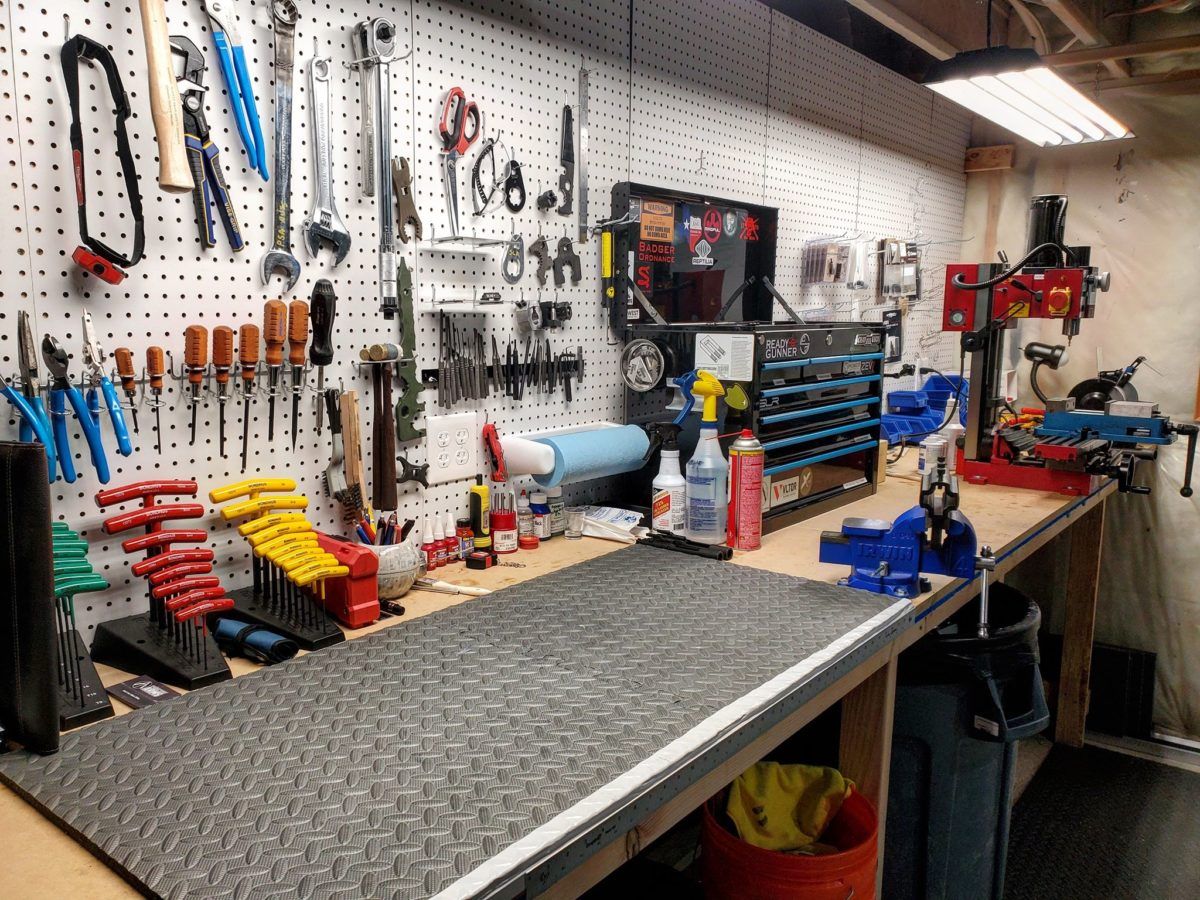
In addition to being organized, when it comes to building an AR, having the proper tools is also of paramount importance if you want your work to be top-notch. One of my previous managers did things a certain way because he had done them like that for 10+ years with the same tools and didn’t see the need to try anything different. He made it work for him, but I never could.
Today I am fortunate to find myself in an environment that fully embraces having different tools to allow for different methods of doing things. You’ll find a variety of barrel nut wrenches, spanner and armorer’s wrenches, and more punches on hand on a single bench than I had available at any given moment. If there isn’t a tool or jig available and it is needed, one is made and extensively tested before being used on a customer’s parts.
Why does this matter to you? Because building an AR-15 properly means using the proper tools to do so.
There isn’t a substitute for doing things properly, with the proper tool. We’ve all heard the stories of guys making it work with stuff in their apartment, kitchen table, or garage, but honestly, how many of those builds are going to adhere to TDP specs? How many of those AR builders have heard of the TDP? If you’re going to take the time and spend the money to build an AR, make the effort to get the tools you need to do so properly. A one-time expenditure upfront can mean a world of difference on the end-product.
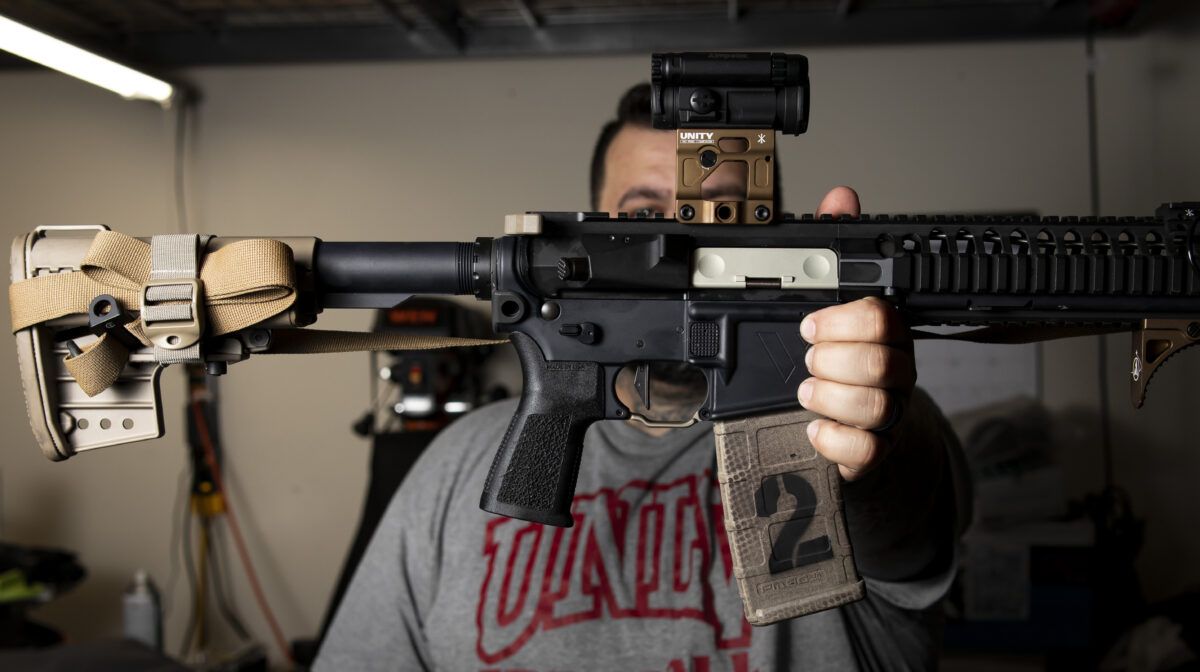
Building a Better AR-15 – Go Above and Beyond
Let’s face it, when it comes to assembling ARs, there are a ton of places a customer can turn to for work. Shops ranging from the local gunsmith who says he can do it all the way up through big names in the industry like Dave Wilson and School of the American Rifle are available to either do the wrenching themselves or teach people how to do it properly. So how did Alex at Trajectory Arms set himself apart? Simply put, he goes overboard building a better AR-15 to make sure things are done right and the customer gets the best possible result.
There’s a lesson here for you as you build – If you are going to build an AR you plan to depend on, you need to commit yourself to excellence. That means taking your time, understanding exactly what you are doing and the ‘why’ behind it, and working carefully and slowly. Be intentional with everything you’re doing.
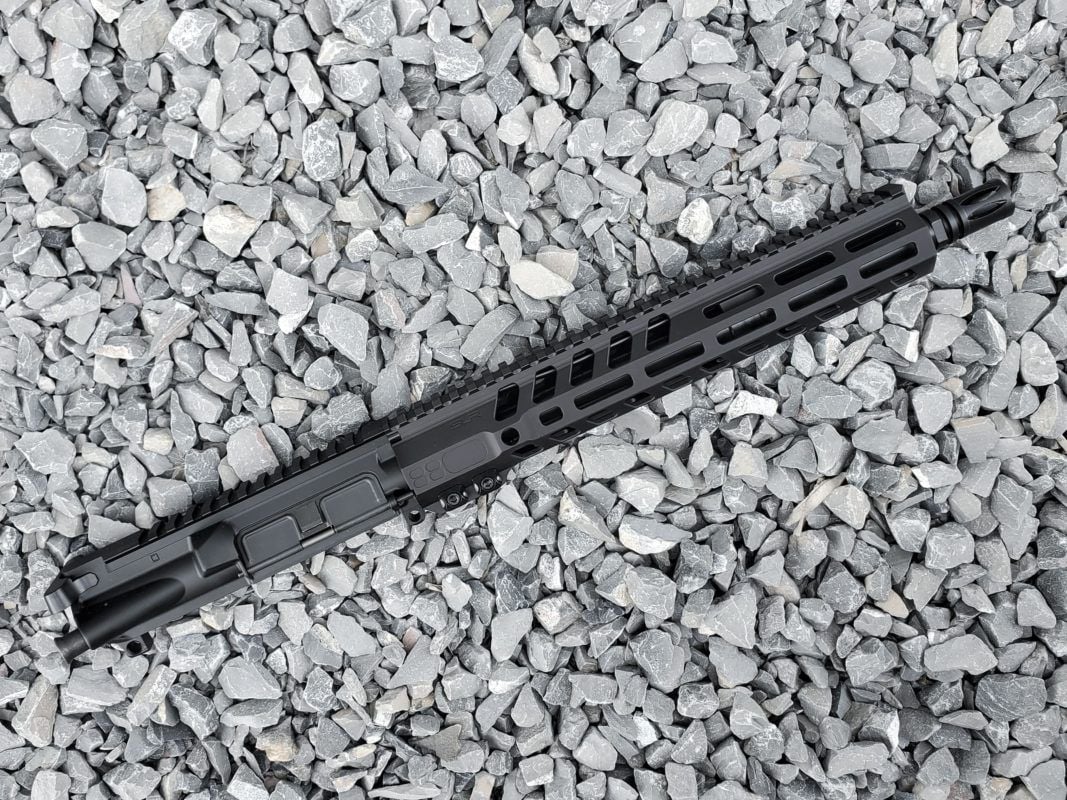
The first time I met Alex, we worked for hours on two simple techniques. Why? He wanted to make sure I knew what I was doing, the why behind it, and understood how to address any issues that might come up. During that time, he also showed me his barrel inspection checklist and explained that on every single barrel that comes through the shop, be it customer part or shop inventory for sale, an inspection is done and verified against the checklist.
Now, this might not sound like a big deal, but when you consider that every barrel that is touched is getting a 15-point inspection covering everything from gas port size, chamber dimensions, to gas port location and timing (and more), that is a lot of time spent. That’s value-added for the customer, and this same mentality carries over into every single part of the gun.
When you work on your guns, try to take a look at it as though you were working on a gun for someone you loved that they may have to defend their life with. There are several questions you need to ask yourself as you work on building a better AR-15. Is the gas block clocked properly? Are the parts requiring torque done so to the right values? Did you check to see if that dimple in the barrel was deep enough for a knurled set screw to fully seat?
This mentality of going beyond what is expected will honestly help all of us improve more facets of our life than just working on guns, as it is an investiture in caring about others. Take the time to learn and understand the basics. Go beyond the “how,” and whenever possible, dive into the “why” behind it.
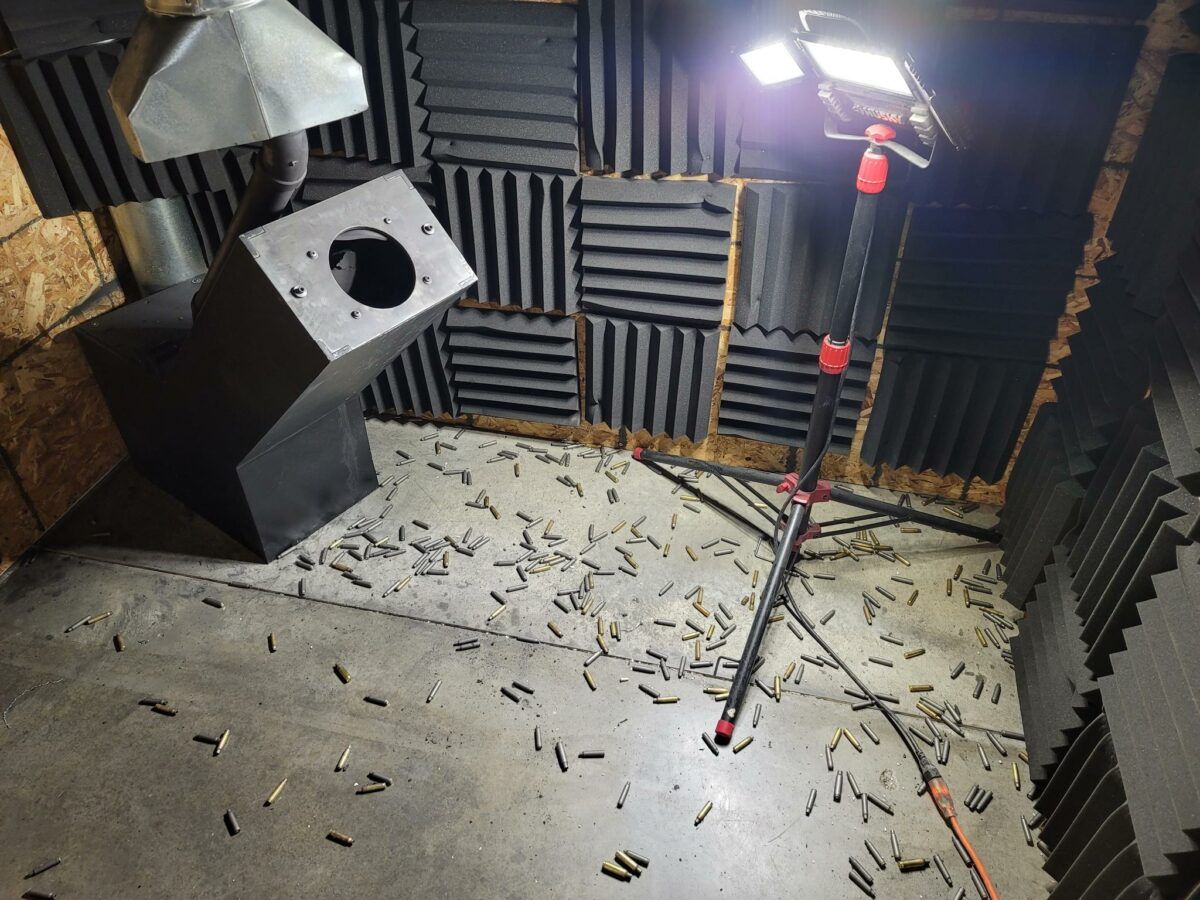
Building a Better AR-15 – Quality Parts Matters
Before working at Trajectory Arms, I had never touched a Knights Armament handguard or a Hodge barrel. My previous customer base just wasn’t interested, as they had specific price points that met their purposes, and there is nothing wrong with that to some extent.
I don’t expect anyone to pay top-tier prices to go dump rounds into the desert sand…but I would expect them to consider higher quality (and thus higher prices) if they planned to use the gun for personal protection. Many of the guns that come through now are just that, guns being designed for harder use, be it on duty, personal protection, or in some cases hunting and competition. In these cases, the quality control levels of some of the higher volume, lower price point brands just don’t cut it. Building a better AR-15 sometimes means spending the extra money to avoid problems.
I’ll give you an example — A customer inquired about sending in a complete upper. He had a barrel from a well-known, though not particularly consistent, manufacturer that advertised a model that requires no lube to run. To further add to that, the ammo he was running was particularly low-grade. He could not get more than ten rounds to run without the gun having a stoppage. The cost to repair this upper would have been more than the $300 he paid to buy in the first place (pre-COVID pricing).
There’s a lesson here – spending more upfront will save you problems in the long-run. Think twice before selecting the cheaper option. Using quality AR-15 parts will help to negate many issues from the start. Let me be clear on something though, no company is free from defects or issues, the key is in how often things pop up and how they handle them. Correctly machined parts, parts that adhere to TDP guidelines, and parts that are made to work together for a hard-use gun avoid many costly fixes in a shop, often saving people more money than buying less expensive alternatives over and over (or buying them and then paying us to fix them).
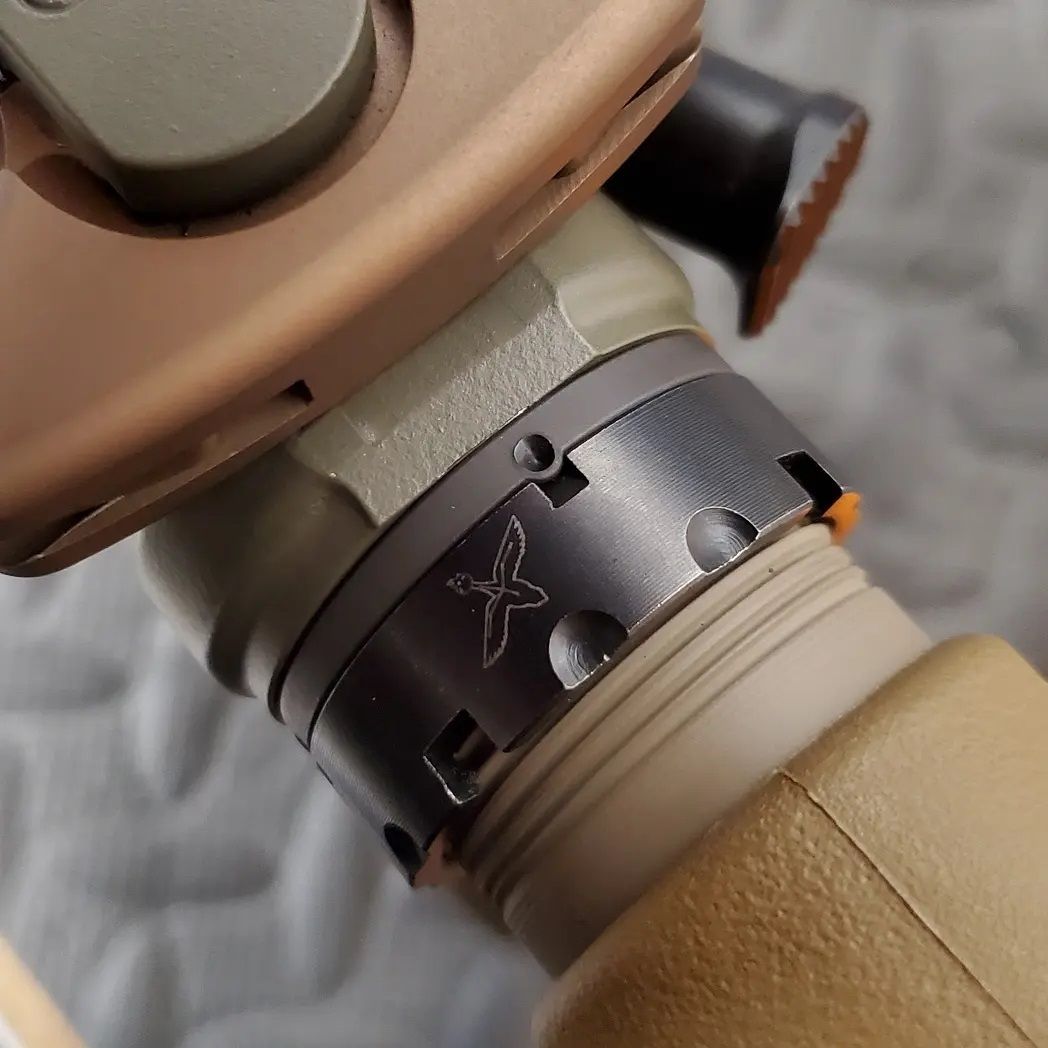
Building a Better AR-15 – Better Yourself
One of the biggest things I’ve learned is a reminder to better myself at every turn, and to surround yourself with others who are committed to being the best at what they do.
If you take anything away from this article, remember this: take every chance you’re given to improve something about yourself. Care about yourself and the work you do, your pride will translate into caring for others and wanting them to have that same feeling. If all of us could do that just a little bit each day, we’d do some serious work on the world around us.
Furthermore, seek out new sources of information, and surround yourself with peers who demand more and who what the best for you. Taking that even further, search for companies who want to go above and beyond. The small things matter in building a better AR-15, and while it may seem intangible, the passion and care you put into your AR, can truly be felt in the finished product. If you’d like input or advice, also please feel to reach out to me. I will do my best to steer you to good information.
###
Todd is a gunsmith based out of Las Vegas, Nevada. After receiving his degree from Sonoran Desert Institute, Todd has spent his time building and maintaining a variety of machine guns and product testing for various companies. His main focus is expanding his knowledge on the AR-15 platform and helping bring better quality products to the market for end-users to enjoy.
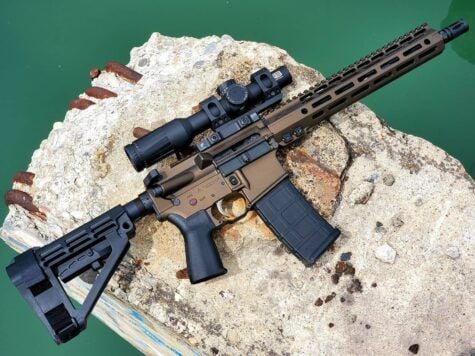
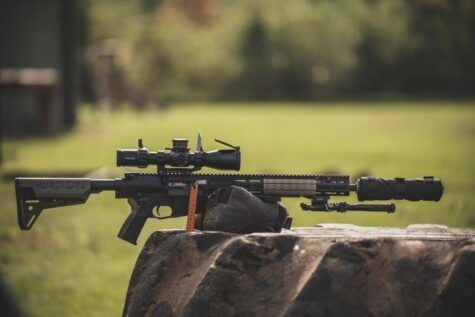


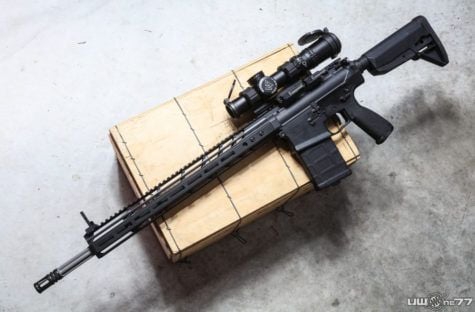
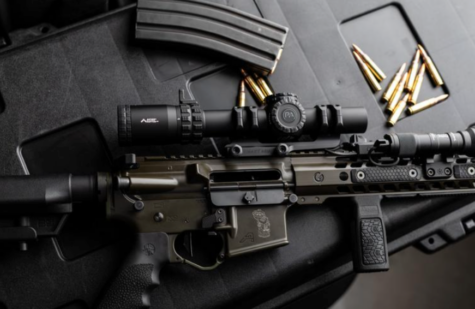
Excellent article. I have found many guns smiths and armorers have differing opinions that can get down right nasty when discussed. It is no wonder customers are confused and become just as opinionated as the builders themselves.. Working with cheaper parts and rifles is an education in of itself, which is why experienced builders gravitate towards higher quality parts and standards. That said, it is important to try and deliver the product the customer wants at the price point they give. Putting a customers money in the proper areas instead of roll marks or internet opinion can be challenging with… Read more »
Value-added article, and great advice. I can’t stress enough how important it is to buy the best bones you can, and then flesh it out with quality parts (and ammo, for that matter), ESPECIALLY if you’re relying on that gun to defend your or your loved ones’ lives. After all, aren’t you worth it?